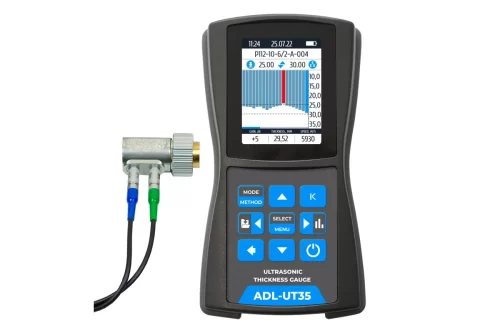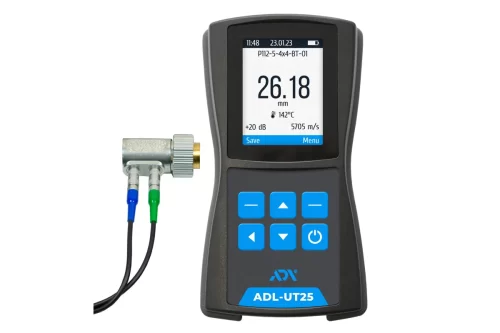Unbrakable control
Showing all 3 results
- Material Selection: Choose materials known for their strength and durability. This may involve using high-quality metals, composites, or polymers that have been tested and proven to withstand various mechanical stresses.
- Testing Procedures: Implement rigorous testing procedures to assess the product’s resistance to breakage under different conditions. This could involve subjecting the product to extreme temperatures, pressures, impacts, or other environmental factors to simulate real-world use.
- Quality Assurance: Establish strict quality control measures throughout the manufacturing process to identify and rectify any defects or weaknesses before the product reaches the market. This includes regular inspections, testing samples from production batches, and adhering to industry standards.
- Simulation and Modeling: Utilize computer-aided design (CAD) software and finite element analysis (FEA) simulations to predict how the product will behave under various stress scenarios. This allows for optimization of the design to enhance durability and strength.
- Prototyping and Iteration: Build prototypes of the product and subject them to rigorous testing to identify any weaknesses or areas for improvement. Iterate on the design based on test results to enhance resilience and durability.
- Compliance with Standards: Ensure that the product meets relevant industry standards and regulations for durability and safety. This may involve testing the product against specific standards set by organizations such as ASTM International, ISO, or ANSI.
- Customer Feedback and Field Testing: Gather feedback from customers and conduct field testing in real-world environments to validate the product’s durability and identify any potential issues that may arise during use.
- Continuous Improvement: Establish a culture of continuous improvement, where feedback from testing and real-world use is used to refine the product design and manufacturing processes over time.
By implementing these strategies, you can enhance “unbreakable control” by ensuring that your product meets high standards for durability, resilience, and reliability
Buy
- Material Selection: Choose materials known for their strength and durability. This may involve using high-quality metals, composites, or polymers that have been tested and proven to withstand various mechanical stresses.
- Testing Procedures: Implement rigorous testing procedures to assess the product’s resistance to breakage under different conditions. This could involve subjecting the product to extreme temperatures, pressures, impacts, or other environmental factors to simulate real-world use.
- Quality Assurance: Establish strict quality control measures throughout the manufacturing process to identify and rectify any defects or weaknesses before the product reaches the market. This includes regular inspections, testing samples from production batches, and adhering to industry standards.
- Simulation and Modeling: Utilize computer-aided design (CAD) software and finite element analysis (FEA) simulations to predict how the product will behave under various stress scenarios. This allows for optimization of the design to enhance durability and strength.
- Prototyping and Iteration: Build prototypes of the product and subject them to rigorous testing to identify any weaknesses or areas for improvement. Iterate on the design based on test results to enhance resilience and durability.
- Compliance with Standards: Ensure that the product meets relevant industry standards and regulations for durability and safety. This may involve testing the product against specific standards set by organizations such as ASTM International, ISO, or ANSI.
- Customer Feedback and Field Testing: Gather feedback from customers and conduct field testing in real-world environments to validate the product’s durability and identify any potential issues that may arise during use.
- Continuous Improvement: Establish a culture of continuous improvement, where feedback from testing and real-world use is used to refine the product design and manufacturing processes over time.
By implementing these strategies, you can enhance “unbreakable control” by ensuring that your product meets high standards for durability, resilience, and reliability.
Buy Unbrakable control in Uzbekistan, in Tashkent




